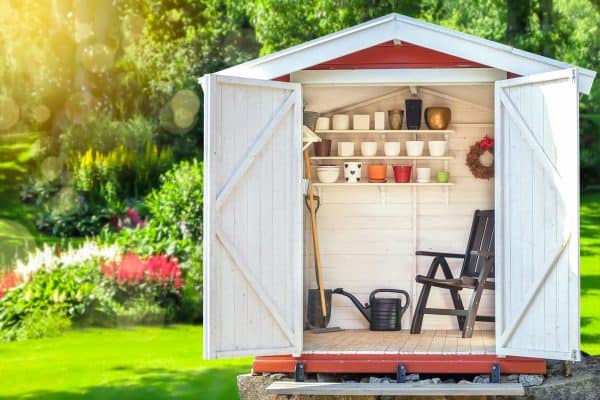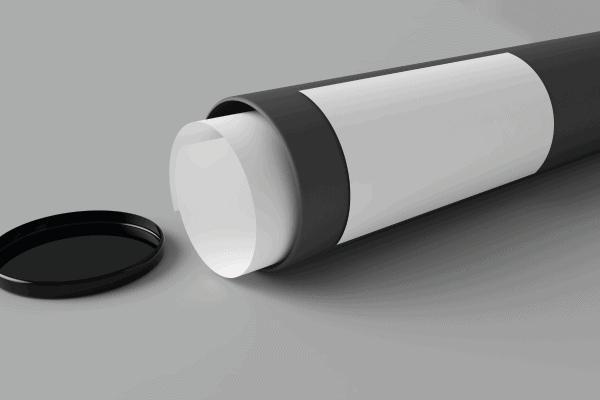If you plan to trade or sell your aquarium plants, you need to know how to pack them properly so that they will reach their destination safely. That is what we will talk about today. We sought the help of the experts when it comes to shipping aquarium plants and here's what we learned from them.
To pack aquarium plants:
1. Gently remove the plant from the fish tank when you're ready to ship them.
2. Moisten a paper towel or newspaper sheet.
3. Wrap the plant with the paper sheet.
4. Place inside a zipper storage bag and seal.
5. Put inside the shipping box and fill up the shipping details.
Keep on reading to learn more about the proper packing of aquarium plants for shipping. We'll also tell you how long aquarium plants can last in the mail and how long they are expected to live. Let's get this started!
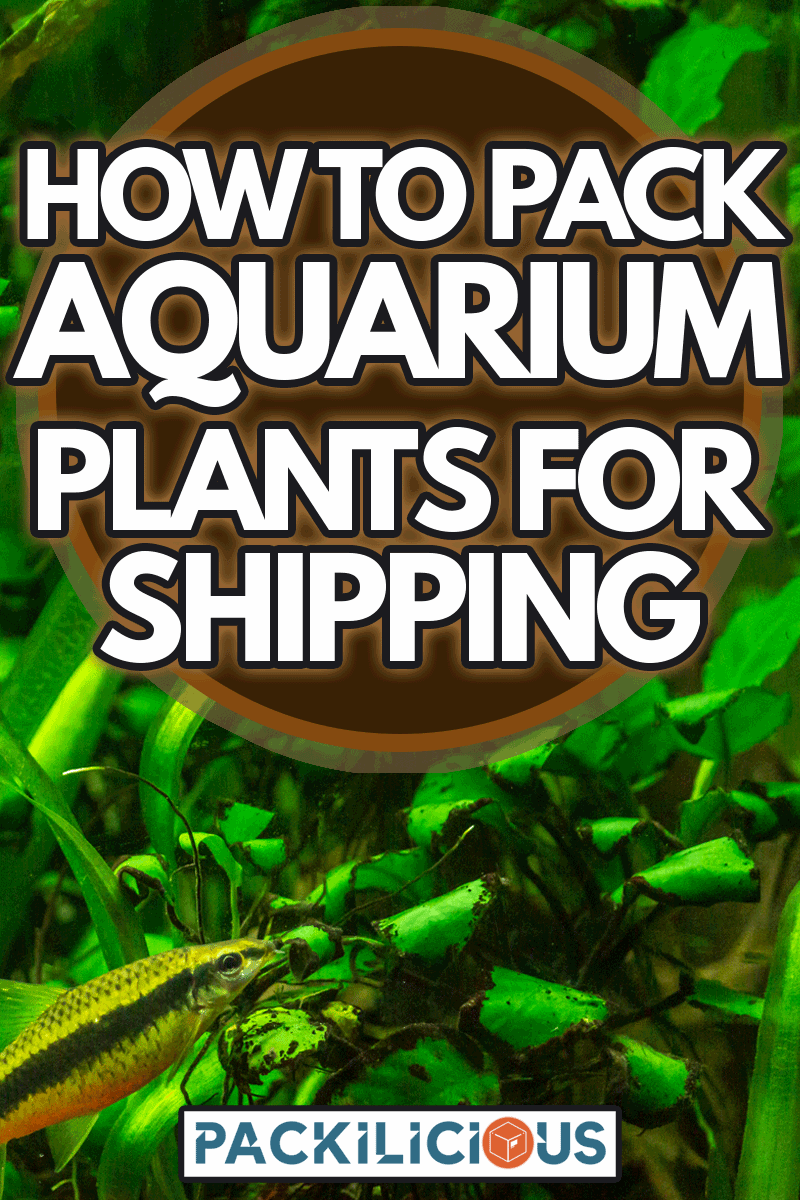
How do I ship live aquatic plants?
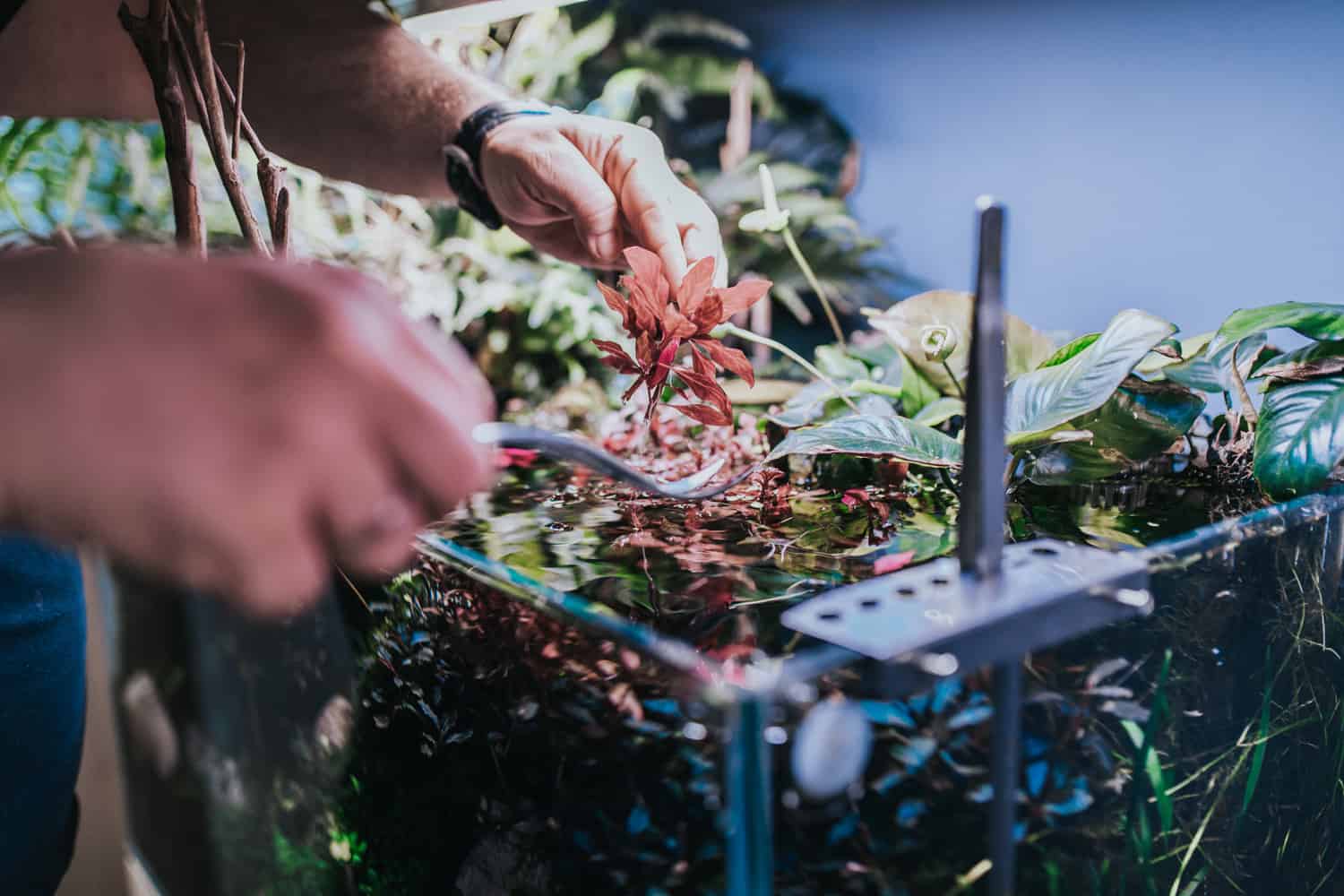
It's good to have plants in your aquarium. Aside from enhancing the overall look of your fish tank, plants also make it a healthier environment by helping with filtration, preventing algae growth, and providing oxygen while absorbing carbon dioxide. They also offer shelter where your fish can hide.
It's no wonder then that aquascapers are very much interested in growing and cultivating aquatic plants due to the rising demand from fellow hobbyists.
And if you do pursue growing aquatic plants, you'll soon find yourself having more than what your tank can hold. Some of these plants grow at quite a fast rate!
Of course, you can always trim them but it'll be more productive to sell or trade them for other plants that you prefer or aquascaping materials and accessories that you want to have. After all, you can't have too many aquatic plant varieties!
You can post your available plants online for sale or trade. But take note that a successful transaction would rely on how well your aquarium plants are packed as you have them transported from your place to your customers.
It may seem complicated to ship aquarium plants. Obviously, these aren't your ordinary items for shipping. But you would be pleased to know that they are actually very simple to pack.
Before anything else, make sure you know the pertinent details of the plant that you want to ship. It shouldn't be included in the list of noxious weeds that are illegal to ship. There's a list per state aside from the national list so do your research, first.
Another reminder, just take out the plants from the aquarium once you're ready to pack them. This will help ensure that they are fresh and in great condition for shipping.
Shipping Aquatic Plants
Here's how to pack your aquatic plants.
Materials
- tweezers
- resealable or Ziploc bag
- paper towel or newspaper sheets
- spray bottle with water
Check out this link to find these Ziploc bags on Amazon.
Procedure
- Using your tweezers, remove the plants from the fish tank.
- It is best to choose those plants that already have roots. If they don't have roots yet, make sure that your trimmings are of medium size so that they have greater chances of survival.
- Spray water on your paper towels or newspaper sheets to moisten them. Do not soak them in water as they will weaken and tear.
- Position the aquatic plants at the center of the paper towels or newspaper sheets.
- Roll the paper sheets around the plants.
- Fold the edges.
- Put the wrapped plant inside the Ziploc bag. If you're shipping different plant varieties, put each plant in one bag.
- Remove excess air in the bag/s and seal.
- Place inside the shipping box. Choose a size that is similar to the size of the bag or the combined number of bags so that the plants won't move that much while in transit.
- Include reminders, proper care instructions, and other information about the aquatic plants before sealing the shipping box.
- Fill up the shipping details.
- Ship them out as soon as possible. Choose Priority Mail so that the package will arrive on time. Do not schedule shipping before the weekend or holiday rush to avoid delays.
Here is a video tutorial on how to pack aquatic plants for shipping.
That's it! You are now ready to send your aquarium plants to your fellow aquascaping enthusiasts.
How long can aquarium plants survive in the mail?
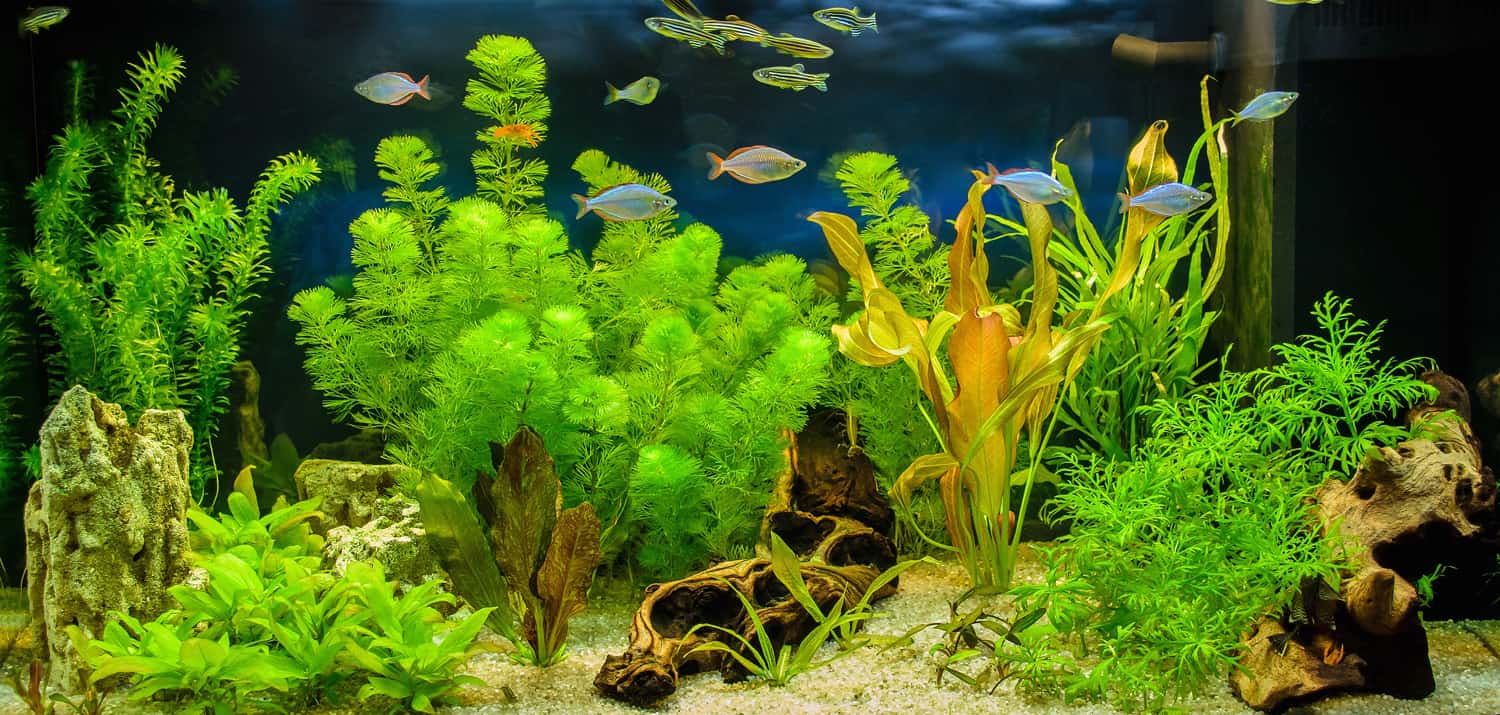
Now that you know how to pack and ship your aquarium plants, it is worthwhile to know how long these plants can live during shipping. After all, you don't want your plants to be dead by the time they get to your customer or fellow hobbyist.
Experts say that plants can survive in the mail for three to four days. Of course, this is assuming that ideal conditions exist such as stable temperature, having the plants properly wrapped in a moist paper towel, and being well-cushioned while on transit.
It would also depend on the type of aquatic plant that's being transported. There are some plants with sturdy stems which make them better able to withstand the stresses of shipping from one place to another.
Meanwhile, those plants with fragile stems will require more care and need to get to their destination faster.
This is why it is important to be mindful of the shipping schedule. Choose a carrier that can have the plants delivered overnight if possible and avoid shipping on weekends and holidays because it would take longer before the plants reach their destination.
How long do aquarium plants live?
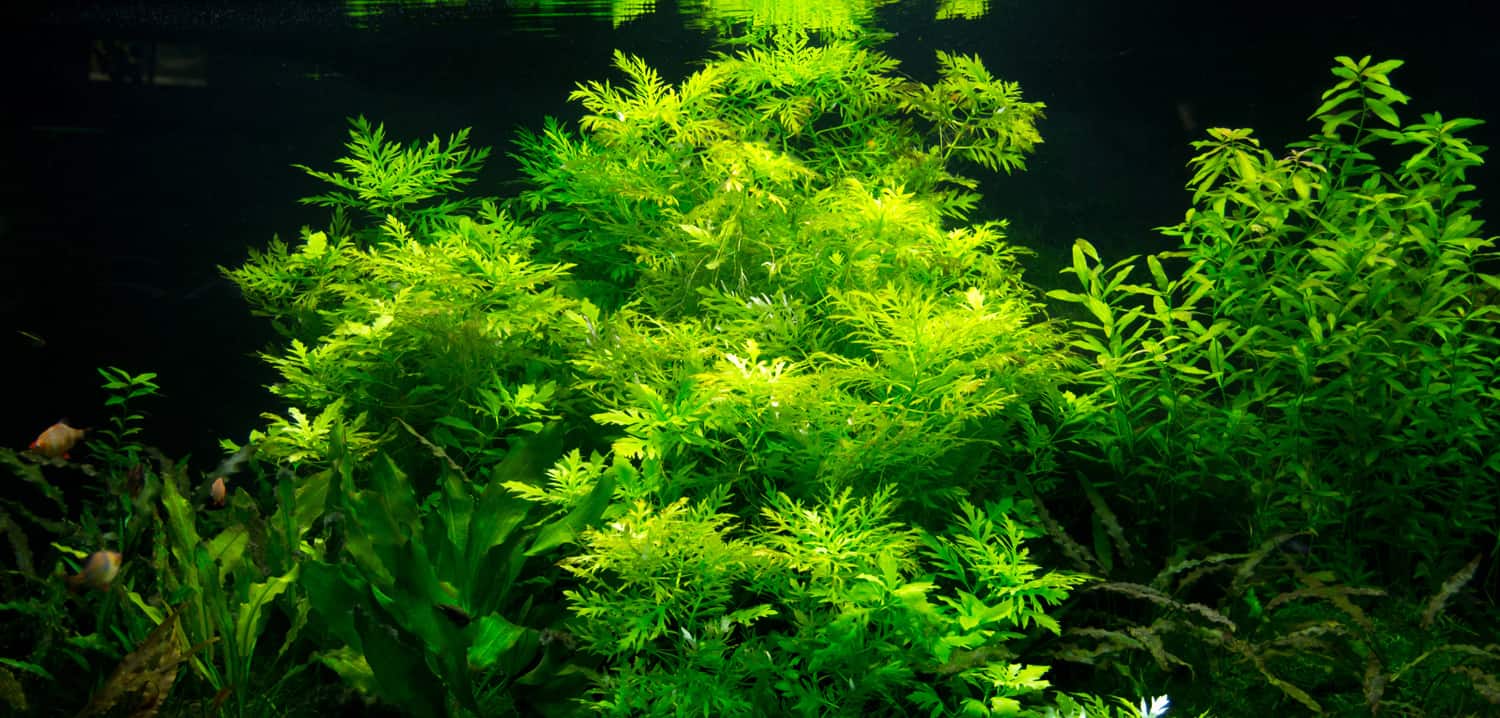
Let's go directly to the point here. There is no telling the average life span of aquarium plants. Some may tell you up to five years while some say aquatic plants never die and are perennial.
It all boils down to how well you take care of these plants. Yes, they are living things that have needs for them to survive and thrive in their environment. There are at least three things that you need to ensure: lighting, substrate, and nutrients.
Lighting
Plants need a sufficient amount of light to survive. Experts recommend 10 to 12 hours of light for these plants to thrive. Light is essential for photosynthesis to happen which is the process that enables plants to make their food and oxygen.
Fish tank owners are encouraged to use full-spectrum fluorescent lights in their aquariums and program them according to the recommended number of hours to be able to provide this particular need.
Click this link to find this aquarium light on Amazon.
Substrate
You have to be knowledgeable about the proper substrate to use for your fish tank. Some fish tanks don't need substrate or the rocks, sand, and gravel that you see at the bottom of the aquarium.
But if you want to grow certain aquatic plants, you need to have the right substrate. They have to be rooted under at least two to three inches of the substrate so that they can be anchored well and have a solid foundation.
Experts recommend the substrate composition of laterite and gravel for optimal root development. They also give your fish tank a more natural look which enhances its look. Do not use loam soil or dirt as a substrate as these can be a breeding ground for harmful bacteria.
Nutrients
Aquatic plants can get some nutrition from their substrate. This can also be supplemented with the use of fertilizers to maximize their growth. Slow-release and iron-based fertilizers are recommended to use to enhance your plants' development while saving time and effort on your end.
Be careful not to use fertilizers that contain phosphate because algae love this substance which will cause them to thrive and compete with the nutrition of your aquatic plants.
When you meet these needs, you can help ensure that your aquarium plants will last longer.
Final Thoughts
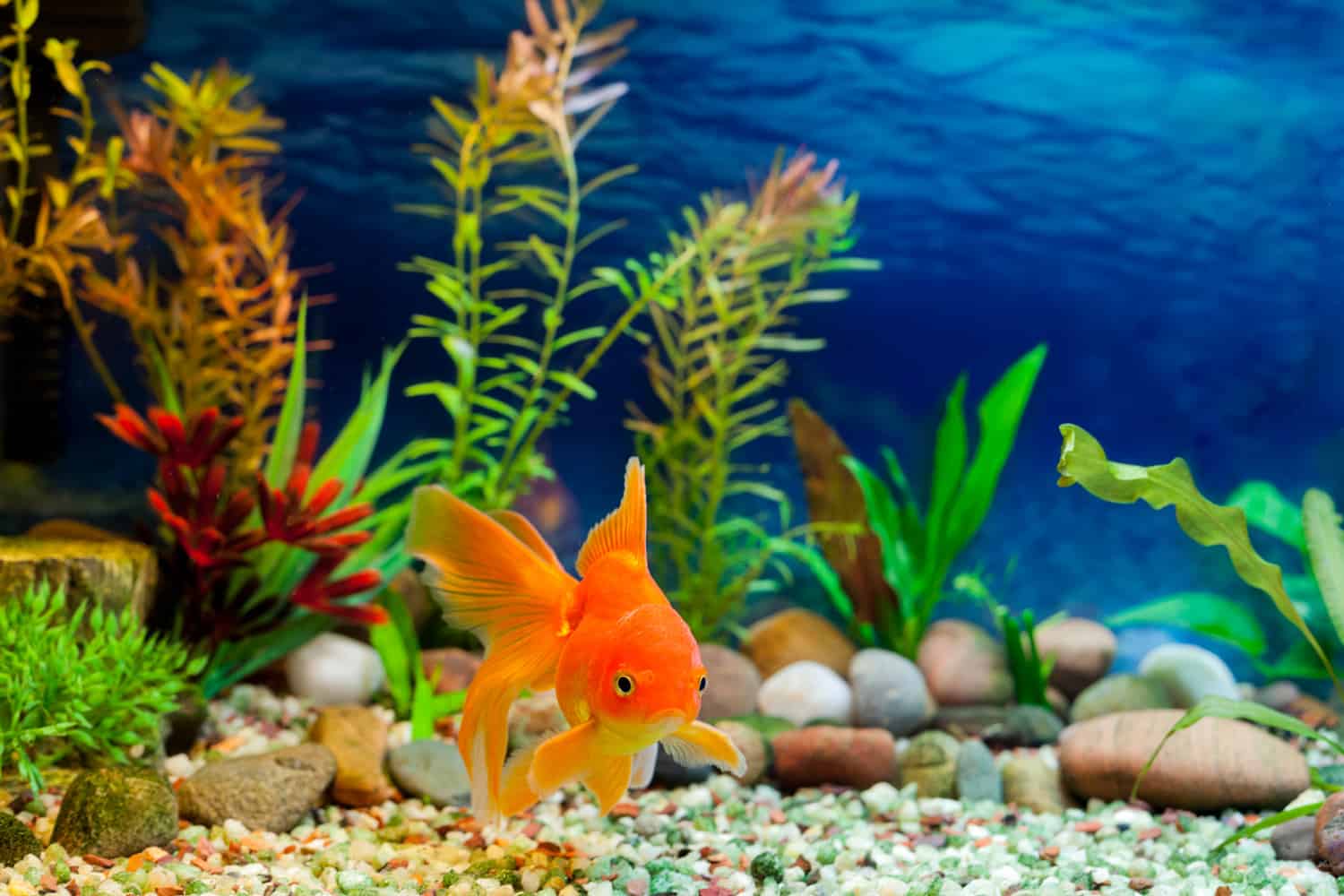
You can now go ahead and trade or sell your aquatic plants to share them with fellow hobbyists. They aren't that complicated to ship. Just make sure they are wrapped with moistened paper to keep them fresh while in transit.
For more packing how-tos, you may visit the following posts:



